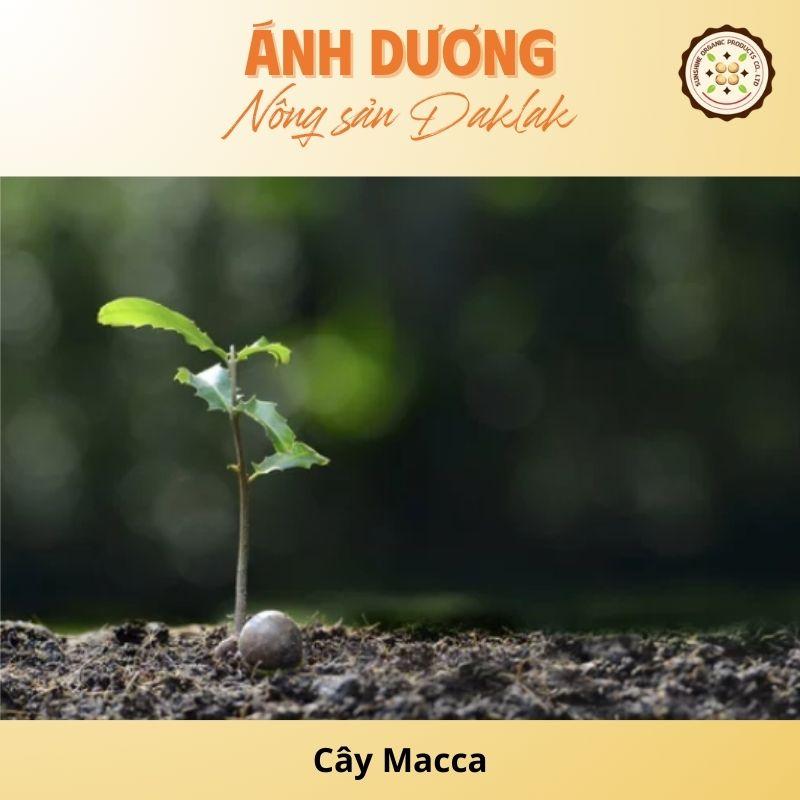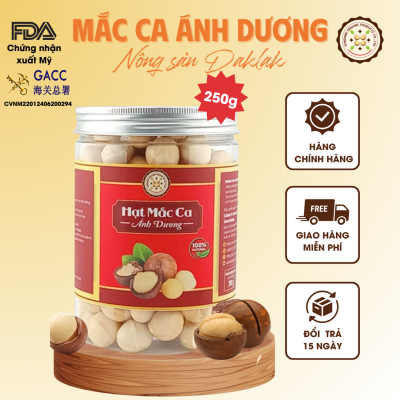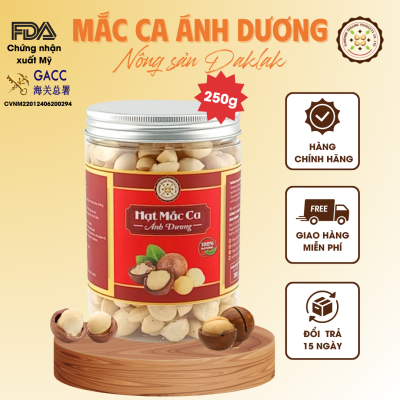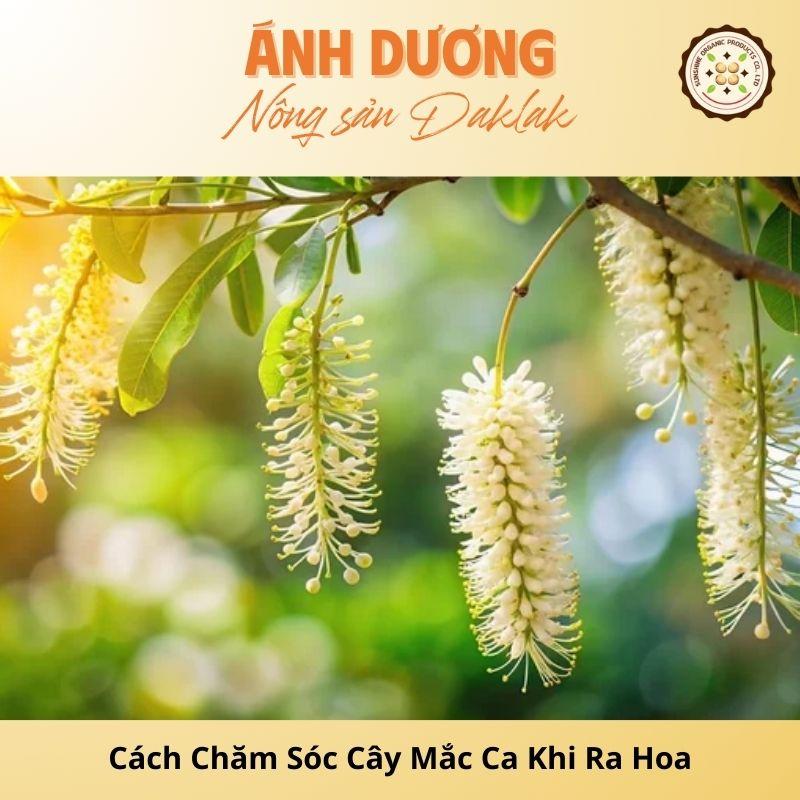The Macadamia Tree: Origin And Development Opportunities in Vietnam

The macadamia tree is a plant with high economic value and diverse nutritional benefits. With high commercial value and significant health benefits, macadamia trees not only contribute to the agricultural economy but also bring great benefits to consumers' health. Let's learn about this tree with Sunshine through today's article!
Introduction to the macadamia tree
Definition and scientific name
The macadamia tree is a woody plant belonging to the Proteaceae family, known for its seeds with high nutritional value and delicious taste.
The scientific name of the macadamia tree is Macadamia integrifolia or Macadamia tetraphylla. These are the two most popular species grown for their seeds.
Origin and geographical distribution
The macadamia tree is native to tropical and subtropical regions of Australia, especially the states of Queensland and New South Wales.
Currently, macadamia trees are widely grown in many countries around the world, including:
Australia: The homeland of macadamia trees and also one of the largest macadamia producing countries.
United States: Especially in the state of Hawaii.
South Africa: Is one of the major macadamia exporting countries.
Kenya: The macadamia industry is growing rapidly.
China: Expanding macadamia growing area.
Guatemala: Has significant macadamia production.
New Zealand: Also has a large macadamia growing area.
In addition, many other countries such as Malawi, Zimbabwe, Mexico, Israel, Brazil, Swaziland, Costa Rica, Colombia, Ecuador, Bolivia, Paraguay, Peru, Honduras, Philippines and Vietnam also participate in macadamia cultivation. In total, there are more than 20 countries growing macadamia trees worldwide.
Quantity
Total global macadamia production is currently estimated at 200,000 - 250,000 tons/year. And currently Australia, South Africa, Kenya and the United States account for the majority of this output.
Other countries such as Israel, Swaziland, Costa Rica, Colombia, Ecuador, Bolivia, Paraguay, Peru, Honduras and the Philippines also have macadamia production, but specific figures are often smaller than those of large countries and difficult to estimate. Accuracy due to small scale production.
Below is statistical information on annual macadamia production of major countries in the world based on recent reports.
Australia: About 50,000 - 55,000 tons/year
South Africa: About 48,000 - 50,000 tons/year
Kenya: About 40,000 tons/year
United States (Hawaii): About 20,000 - 25,000 tons/year
Guatemala: About 10,000 - 12,000 tons/year
China: About 15,000 - 20,000 tons/year
Malawi: About 6,000 - 8,000 tons/year
Brazil: About 4,000 - 5,000 tons/year
Vietnam: Growing, estimated 2,500 - 3,000 tons/year
New Zealand: About 2,000 - 3,000 tons/year
Mexico: About 2,000 tons/year
Currently, the demand for macadamia nuts in the global market is increasing, especially due to the increasing awareness of the health benefits of macadamia nuts. However, macadamia production has not fully met this increasing demand. The current world demand for macadamia nuts is estimated at 250,000 - 300,000 tons per year while global production is only about 250,000 tons/year. This leads to macadamia prices remaining high and pushes countries to expand planting areas as well as improve farming technology to increase productivity and meet market demand.
Biological characteristics of the macadamia tree
Macadamia tree morphology
Trunk
Macadamia trees are perennial trees, with an average height of 10 to 15 meters when mature.
The trunk is straight, the bark is gray-brown and can crack over time. The branches branch widely, creating a spacious canopy.
Leaf
Macadamia leaves are usually oval or lanceolate in shape, about 15-30 cm long and 5-10 cm wide.
The leaves grow opposite or in twisted clusters, have serrated edges and are glossy dark green.
Flowers and fruits
Macadamia flowers grow in clusters 10-30 cm long, each cluster has 100-300 small white or light pink flowers. Flowers often have a light fragrance, attracting insects for pollination.
Macadamia nuts are spherical or oval, about 2-3 cm in diameter. The fruit shell is hard and thick, inside contains ivory white seeds, containing a lot of oil.
Cycle of growth and development
Germination and maturation stage
Macadamia nuts take 2-3 weeks to germinate when grown in the right conditions and take about 7-10 years to reach maturity and begin producing a steady harvest of fruit.
Flowering time and fruiting
Macadamia trees usually flower in spring, from September to December (in the Southern Hemisphere) or from March to June (in the Northern Hemisphere). Macadamia nuts ripen about 6-8 months after the flowers are pollinated. Fruit harvest time usually lasts from March to August (in the Southern Hemisphere) or from September to February (in the Northern Hemisphere).
Ecological and environmental conditions
Macadamia trees grow well in temperatures ranging from 16 - 25°C. Plants can withstand temperatures as low as -2°C and as high as 32°C, but temperatures that are too high or too low can affect growth and productivity.
Macadamia trees are suitable for growing on soil with a pH of 5.5 - 6.5, light loam, well-drained and rich in organic substances such as nitrogen, phosphorus, potassium, trace elements such as iron, zinc, magnesium,...
Challenges and prospects of macadamia trees
Challenges in growing and developing macadamia trees
Macadamia trees require a tropical or subtropical climate with stable temperatures and rainfall. However, the current situation of climate change and unpredictable weather greatly affects the productivity and quality of macadamia nuts.
Besides, extreme weather phenomena such as droughts, floods, and flash floods cause serious damage to crops.
In addition, macadamia trees are very susceptible to attacks by a number of pests such as stem borers, mealybugs, and molds. Therefore, tree growers require technical expertise and knowledge to ensure trees grow healthily and yield high yields.
Although macadamia nuts are gradually becoming popular, domestic consumption in many countries, including Vietnam, is still not high because the price is not cheap. This creates quite a big risk for farmers and manufacturers.
Prospects and development opportunities
Macadamia nuts are considered one of the nuts with the highest nutritional value, and demand for macadamia nuts is growing strongly worldwide, especially in major markets such as the US, Europe, and Asia. With consumer trends moving towards natural and nutritious products, macadamia nuts are considered an ideal choice for healthy diets, functional foods and beauty products.
The macadamia tree is a perennial woody plant with many remarkable biological characteristics. And the value of the macadamia tree lies not only in its nutritional benefits but also in its ability to bring high economic value to farmers. However, growing macadamia trees also faces many challenges such as strict requirements on climatic conditions, pest risks and price fluctuations in the market. To grow macadamia trees sustainably, you should improve your knowledge about this tree to bring a stable source of income for your family!
 English
English






















